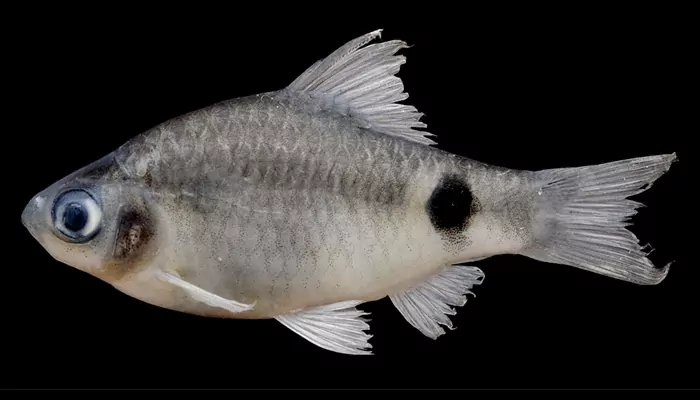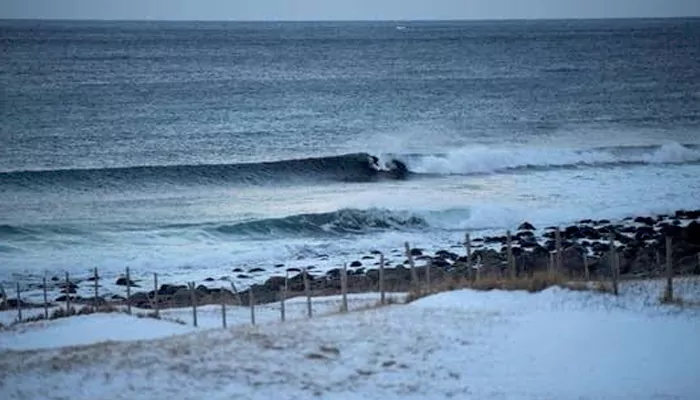
Here are today’s most important updates from the realm of Science and Space.
The universe will start to shrink in just 7 billion years, a new study has claimed, upending the prediction that space is ever-expanding. After that point, the universe will begin contracting until everything collapses back into a single point. A reverse Big Bang of sorts, which scientists have dubbed the "Big Crunch". Using data from a number of astronomical surveys including the Dark Energy Survey and the Dark Energy Spectroscopic Instrument, the researchers predict that this "Big Crunch" will occur in approximately 33.3billion years. With the universe currently 13.8billion years old, this gives Earth and everything else roughly 20 billion years before entering oblivion, according to the study.

In a remarkable discovery from India’s northeast, researchers have identified a new species of freshwater fish in the Brahmaputra River near Dibrugarh, Assam. The species, named Pethia dibrugarhensis, belongs to the cyprinid family, which includes carps and minnows as some of the most diverse freshwater fish in the world. The discovery was made during an ongoing survey of aquatic biodiversity in the Brahmaputra basin. Scientists say the fish is distinct from its relatives in several important ways. One of its most unique features is an incomplete lateral line, a sensory organ that helps fish detect movement and vibrations in the water. It also has a black spot near the tail, which stretches slightly upward and downward along the body. The fish also lacks barbels, the whisker-like structures near the mouth found in many other species, and shows no humeral mark, which is a dark spot near the shoulder area common in other related fish.

While much of the planet experiences record-breaking warmth, a patch of the Atlantic Ocean south of Greenland remains stubbornly cold, a phenomenon scientists have dubbed the “cold blob.” This anomaly, which has cooled even as surrounding waters have warmed, is now better understood thanks to new research. The cold blob’s origin is closely tied to a slowdown in the Atlantic Meridional Overturning Circulation (AMOC), a vast system of ocean currents that acts like a conveyor belt, transporting warm, salty water from the tropics northward, where it cools, sinks, and returns south at depth. As the AMOC weakens, largely due to an influx of freshwater from melting Greenland ice, which dilutes salty ocean water and makes it less dense, the conveyor belt slows. This reduces the northward transport of heat, cooling the region.

How much an infant cries is largely steered by their genetics, and there is probably not much that parents can do about it. Scientists found that crying is largely genetically determined. At the age of 2 months, the children's genetics explain about 50% of how much they cry. At 5 months of age, genetics explain up to 70% of the variation. The number of awakenings during the night was mainly influenced by environmental factors, which can include sleep routines and the environment in which the child sleeps. This study points out a direction for future studies with a focus on sleep routines.